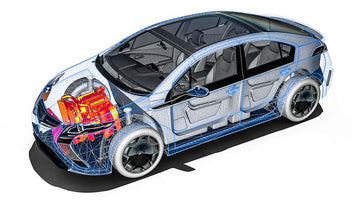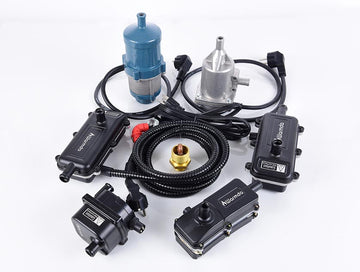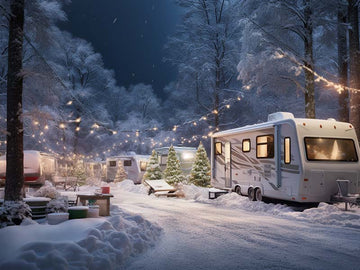How to Install Diesel Marine Heater
Sep 05, 2019
We chose the VVKB marine heater Apollo-V1 2.5KW to replace than 20 year old existing heater needed replacing. We where looking for a more powerful heater and wish to retain the existing 60 mm ducting. Let’s see what we did and how we got on.
The VVKB marine heater comes with Everything needed to install and maintain the heater. Comprehensive documentation and a full range of videos covering installation and servicing.
An overview of the heater installed in the cockpit locker with the main components. We will look at the individual components in more detail.
The exhaust gets hot enough to burn you, your fenders or anything that touches it, so it’s really important it is adequately insulated.

We used 2 layers of tubular glass fibre insulation and one layer of exhaust insulation bandage. Anchor the insulation with stainless steel cable ties, or monel rigging wire.
The exhaust muffler also gets pretty hot and so should be properly supported in a safe location and insulated if necessary.

Make sure the exhaust clamps are properly fitted.
It would be prudent leave carbon monoxide alarm near to the heater to test for any potential leaks particularly just you have fitted the heater.
If you have used heavy-duty exhaust clamps, then a carbon monoxide sensor is not necessary.
The exhaust is attached to a twin walled insulating skin fitting. To prevent rain and seawater getting in the skin fitting and exhaust should be angled upwards and have a swan neck. Internally make the exhaust hose is properly clamped and insulated to avoid risk of burning.

A high-quality fuel filter is fitted on the inlet and we've use fire resistant rubber grade tubing from the filter to the tank.

A generous length diesel heater cable harness enabled connection of the power supply and the controller aft cabin without cables extensions. Here we can see the excess cable carefully bundled out of the way.

Let’s look at the fuel system.
Automotive nylon fuel pipe is not permitted in boats. We’ve used 5 mm OD 2 copper fuel tube which should have swaged expanded ends for compliance. The copper tube is connected to the heater with a flexible rubber tube and stainless steel clamps.

The fuel pump in a sound absorbing mounting firmly attached at more than 15° from the to ensure air bubbles bleed properly through the fuel system.
A small high quality fuel filter is fitted to the inlet. We used fire resistant fuel grade rubber tubing from the filter to the fuel tank.

Ideally your fuel should come from a dip tank fitting fitted but this was not an easily accessible option our boat. And a tee fitting off their main engine supply is not like by insurance companies.

We fitted a small independent tank using a go-kart component and made simple glass fibre tray to hold it place. The tank can be lifted into the cockpit for smell free filling.
Let's look at the start-up sequence
Turn on power, the fan and header.

Then heater power to the glow plug is ramped up and is normally maintained at about 7 A but may in exceptionally cold conditions peek at briefly 9 A. This is maintained for one and 1/2 to 2 minutes, depending on conditions.

Power to the glow plug is diminished. Unassisted combustion is maintained and slowly the air and fuel are increased as the heater combustion and output ramps up and is increased until the heater is brought up to full power.
The heater is now approaching its full start-up capacity and is running at high output with 2 kW of heat and if we look at our controller, you can see there are 4 bars representing the high level of heat output.

Let's look at heat modes
Boost 2.5 kilowatts is belted out quite a velocity giving a rapid spread of heat ,only used with the temperature differential and rarely necessary for any length of time.
The heater normally starts up in High mode with an output to kilowatt and brings silver morning up to temperature quickly.
Medium 1500 W of easy, relaxed, heat with a current draw of just under a amp.
Low heater purrs along quietly but still delivers 1 kW.

Very low minimum tickover to maintain safe combustion. We don't use this mode as are of the view that letting more ventilation in or turning off are better options.
VVKB diesel heater review
Our first week away sore and northerly airflow over the West Coast of Scotland being bright days temperature struggling to get into double figures and night-time temperatures much closer to 0. Our new heater code admirably, enabling good, comfortable time aboard. Sailing in Scotland can be dropdead gorgeous, but is often seriously wet and pretty chilly. Having good heater keeps the boat warm and greatly exists in keeping the interior dry.
For more information see the numerous videos on the VVKB website. Thank you!
Thanks to Mr. Whitehead for the videos and articles!





2 comments
Thanks very useful article
Muchas gracias. ?Como puedo iniciar sesion?